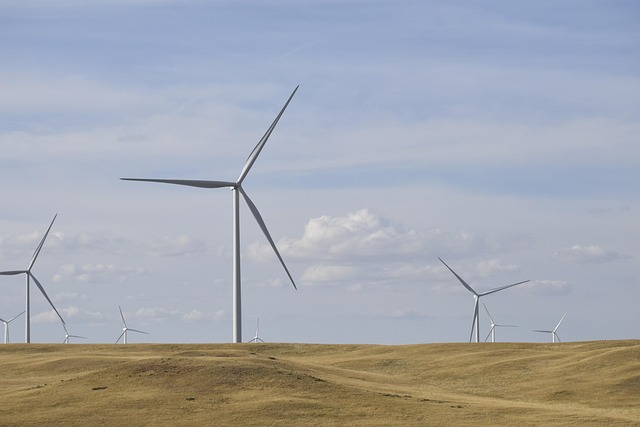Embracing Modernization: The Evolution of Architecture
Architecture, at its core, is a reflection of society’s values, needs, and aspirations. Over centuries, it has evolved dramatically, mirroring the shifting tides of technology, culture, and innovation. Today, the concept of modernization in architecture goes far beyond mere aesthetics—it embodies a mindset that embraces change, sustainability, and forward-thinking design principles.
The Journey from Tradition to Modernization
In the past, architectural styles were tightly bound to local materials, craftsmanship, and cultural heritage. Think about the grandeur of Gothic cathedrals, the harmony of Renaissance buildings, or the warmth of vernacular homes. Each told stories of the people and times they belonged to.
Modernization challenged these conventions by introducing new materials like steel and glass, and emphasizing function alongside form. Movements such as Modernism celebrated simplicity, clean lines, and open spaces, breaking free from ornate decoration and embracing technology as a tool for design.
Why Modernization Matters in Today’s Architecture
As urban centers expand and environmental concerns intensify, modernization has become essential for creating spaces that are not only beautiful but also practical, efficient, and responsible. Embracing modernization means:
- Innovation: Incorporating smart technologies, adaptable spaces, and advanced materials that enhance user experience.
- Sustainability: Designing buildings that minimize environmental impact through energy efficiency, renewable resources, and green building techniques.
- Community-focus: Creating inclusive, accessible environments that reflect diverse cultures and lifestyles.
Modernization as an Emotional Connection
Beyond the physical structures, modernization in architecture evokes a sense of progress and hope. It’s about building not just for today, but for generations to come. When we walk into a modernized space—whether a sleek urban loft or a thoughtfully renovated historic building—we experience a blend of history and innovation that resonates deeply.
This emotional connection invites us to rethink how we live, work, and interact with our surroundings. It challenges architects, designers, and communities to push boundaries while honoring the past, creating environments where people feel inspired and connected.
Looking Ahead: The Future of Architectural Modernization
As we advance, the evolution of architecture will continue to be shaped by modernization. Emerging trends such as biophilic design, modular construction, and urban farming are all reflections of how innovation meets human needs.
By embracing modernization, architecture becomes a dynamic force—one that not only adapts to change but also drives it. It invites us all to participate in this journey, imagining and creating spaces that truly represent the spirit of our times.




